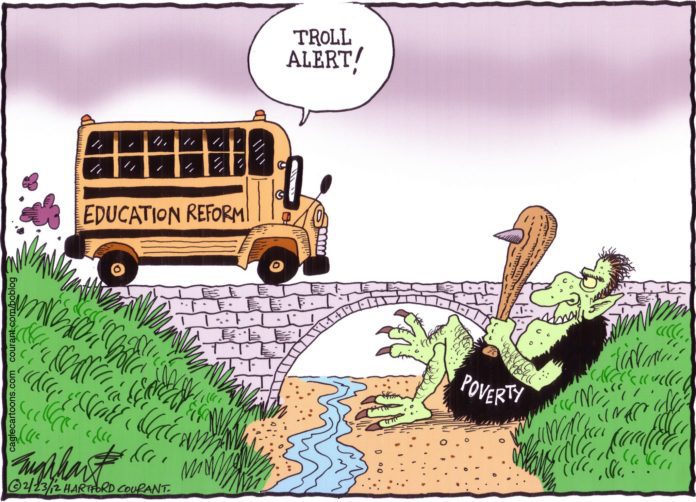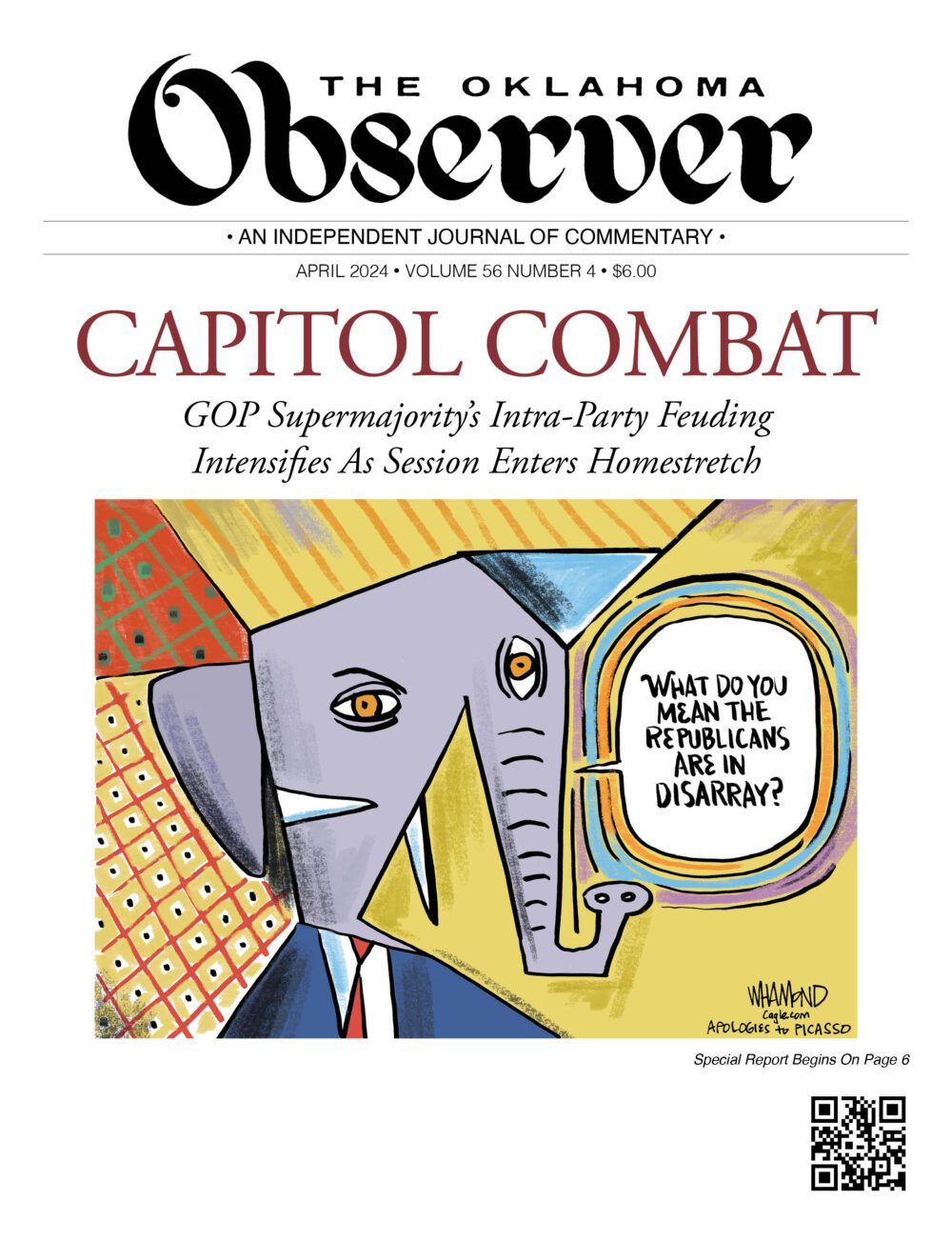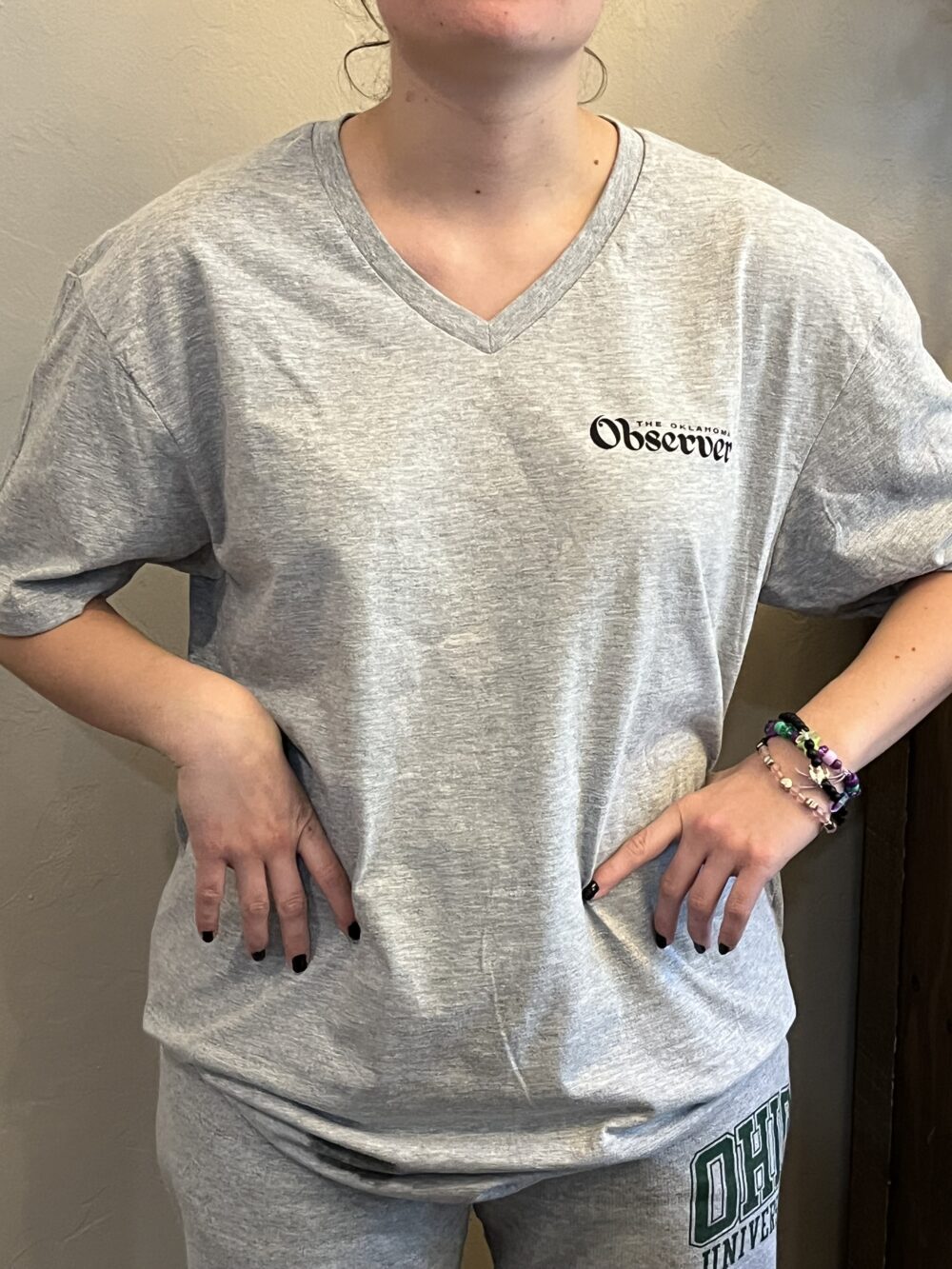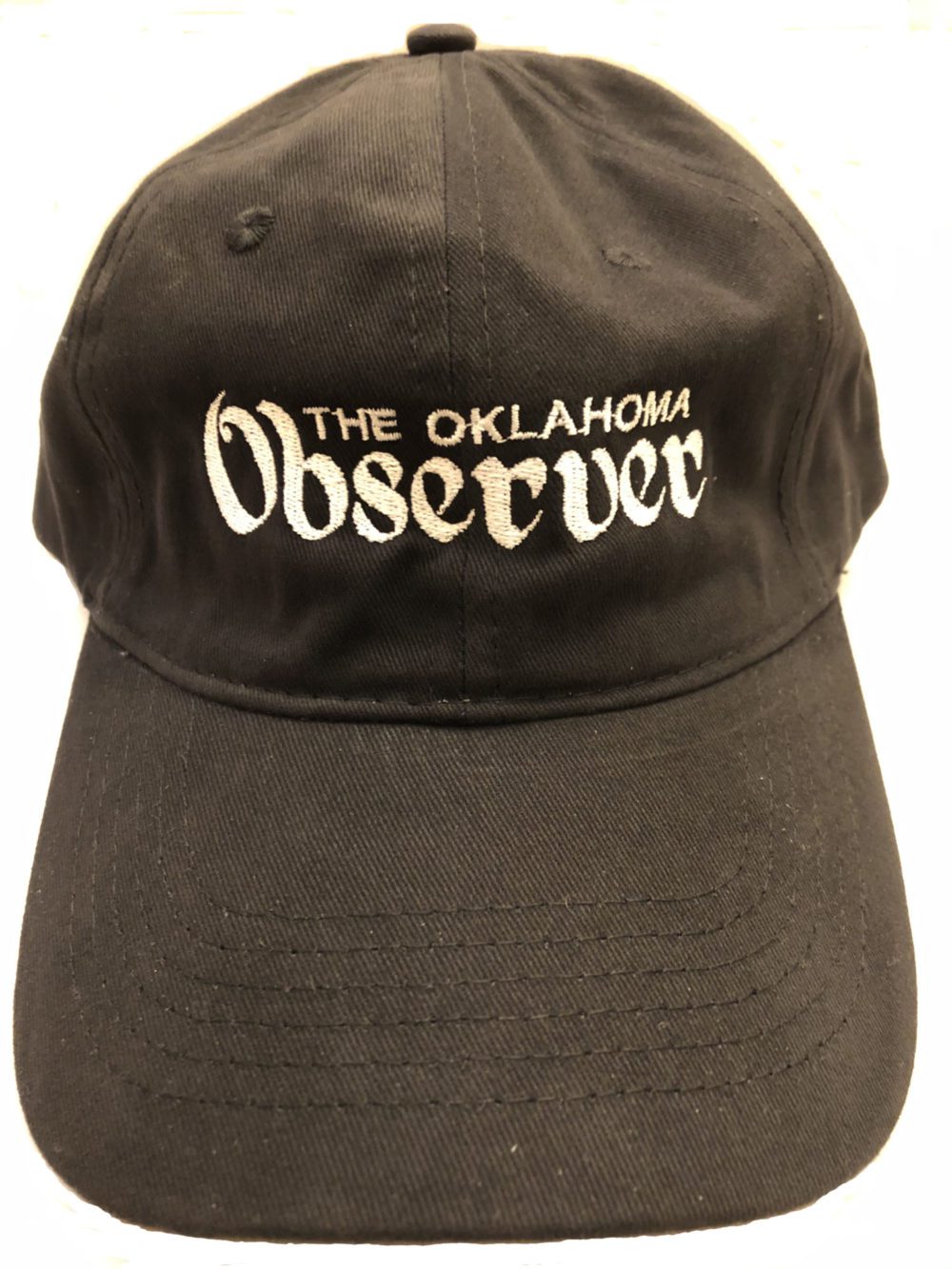BY JOHN THOMPSON
I strongly support the work of the Center for Civil Rights Remedies to close the racial “discipline gap.” I want to be clear in my agreement with “Are We Closing the School Discipline Gap?” by Daniel Losen, et al.
Although I intensively studied nearly 15 years of Oklahoma City suspension data, and taught at the state’s lowest performing high school, I am surprised that in the two years after I left the classroom that the Oklahoma City Public Schools became “one of the top ten highest-suspending districts at the secondary level for all students, and is the highest suspending district in the nation for black secondary students.” Moreover, between 2010 and 2012, “overall suspension rates at the high school level also increased from 24.7% to 45.2% during the same period.”
The latest database shows that at the secondary school level, OKCPS “suspension rates for black students climbed dramatically from 36.3% to 64.2%.” [I have my own theories on why, at a time when education funding was dramatically cut, the rate ballooned, but I will limit myself to what I witnessed and studied.]
I support the efforts of Losen and the Center for Civil Rights Remedies. Students can’t learn if they are not in class and we need to invest in Restorative Justice, and other alternatives to suspensions. Neither do I claim that educators are blameless or that we don’t need to invest heavily in professional development. I just worry that systems will, once again, take the cheap and easy approach of claiming that better classroom instruction is enough to reduce suspensions.
For that reason, I will recount some of my experiences. I am not offering excuses for schools or blaming the problem solely on the history of out-of-school oppression. I’m merely placing today’s problems in a context.
Reformers tend to blame teachers’ “Low Expectations” for chronic disorder. But I was punched twice before clocking in for my first day in a neighborhood school. The assailants in the two-on-one gang-related fight I broke up were sent off, without consequences, by an overburdened assistant principal.
When I entered the classroom as a 39-year-old rookie, I already had nearly a decade of wonderful experiences nurturing poor children of color. Some of my first freshmen students and I had spent the summer in a camp for low-income kids. As always, the rural white people who ran the camp spoke effusively about the self-control and wonderful manners of the campers, who often were out of control in school. When I saw the deplorable behavior of so many of my young friends as they walked into the school, I realized that a situation this surprising and acute must be the legacy of a decades-long history. Teens, who were so responsible on the job or in church, would not be behaving this way unless it was the result of a complex and engrained set of dynamics.
In a system that only invested $1,875 per student, the job of principals was to “just keep the plate spinning until June.” It was understood that violence could only be shunted off to the edges of the school property. A decade later, No Child Left Behind [NCLB] helped increase funding, but the new resources were directed towards tested subjects, meaning that students and teachers didn’t see a meaningful increase in spending that would have made a real difference.
Much of our problem is that when teachers call for “discipline,” non-educators hear a request for punishment. Teachers tend to be so frustrated with the lack of disciplinary consequences that our complaints sound like demands for “law and order.” We cannot punish our way to safe and orderly schools. But neither can we continue to turn a blind eye to behavior that undermines instruction and teaches children the worst possible lessons about functioning in the adult world.
I was often told that students behaved well for me because I had earned their respect. Since those observations were meant as a compliment, my response took administrators aback. “That’s the problem,” I would say, teachers shouldn’t have to go to such extraordinary lengths to prove themselves to their students.
The Center for Civil Rights Remedies reports on the disparate suspensions of Oklahoma City secondary schools in 2009-10, my last year in the classroom. That year, our 100% low-income sixth to 12th grade school became the state’s lowest-performing high school. We began the year with 764 students. Our school assessed 955 in- and out- of school suspensions. As usual, our suspension rate was virtually identical with that of the other neighborhood high schools.
Students would arrive at the building arguing over disputes that they brought to school. Within an hour, our halls would be clear and high-quality instruction was being conducted in many or most classes. It was not the fault of our teachers and students that about three hours into each day, our kids started to be overwhelmed.
By fourth period, unresolved disputes from previous days and nights would take priority, and there would be a surge of students cutting class to track down and settle “beefs” with other students. Then, lunch became the venue for more conflicts.
If and when the more troubled students came to afternoon classes, often they would be visibly trembling, clearly preoccupied by “he said, she said” conflicts that spun out of control when they left the structure of the first few hours’ of classes. The hard truth was that many of our students could be best served in a regular school, but they needed more interventions than could be provided by classroom teachers.
I have also seen firsthand the difficulty of the policy issues that make it so difficult to create orderly schools. On the eve of the 2002 passage of NCLB, I helped plan and implement policies promised by MAPS for KIDS. During that process, the chief of staff of a major urban school district warned us that the mayhem and violence which was the norm in so many high-poverty schools is a “predicament” that has no solution, as opposed to a “problem” that could be tackled and, perhaps, solved. No urban district, he predicted, would seriously attempt to enforce its code of conduct. The seemingly impossible challenge of addressing discipline, however, was not just due to a single wrongheaded policy. The predicament was a result of the interaction of policies that evolved over decades.
Arguing that “no child should perpetually disrupt class simply because alternative schools were full,” MAPS promised “Rolls Royce-quality” alternative school slots. Later, I participated in a Code of Conduct Committee where we tried to set an expectation that disciplinary consequences would be assessed in a consistent manner, as we contracted with the highly-respected Comer Schools to teach teachers how to be more sensitive and responsive to their students’ needs.
I must emphasize that, with one exception, OKCPS leaders were professional and sincere in working with teachers on this problem that turned out to be a predicament. The hard fact is that it was impossible to afford the interventions that would have been necessary to create safe and orderly schools.
That is not to say, however, that inner city schools can’t turn themselves around and create learning cultures where everyone can teach and learn for mastery. To improve our schools, we must first make a major priority out of nurturing respectful and safe school environments.
The Center for Civil Rights Remedies has done us a great service by highlighting the discipline gap in Oklahoma City, but I hope we will not conclude that solutions will be easy or cheap. I would now urge the OKCPS to invest in programs like “Restorative Justice” and bring a second shift of counselors to help students work through their problems and thus head off anarchy and violence.
Given our recent 23% cut in education spending, Oklahomans can’t expect new money for improving school climates. So, we need to set new priorities. If we can do so, “Are We Closing the School Discipline Gap?” will have performed a great service.
– Dr. John Thompson, an education writer whose essays appear regularly at The Huffington Post and in The Observer, currently is working on a book about his experiences teaching for two decades in the inner city of OKC. He has a doctorate from Rutgers University and is the author of Closing the Frontier: Radical Responses in Oklahoma Politics









Nice piece, John.
John is right. However, this problem will probably never get solved. I had hope with MAPS for KIDS as the drivers of this initiative agreed that violence in schools pushed many to exit public schools and learning could not take place in screaming environments.
Safety and order in public schools is a must for learning to take place. Charter and private schools can simply kick kids out that can not function in an orderly manner and no one cries foul or labels them racist.
Initial plans for MAPS for KIDS included state of the art alternative schools within Oklahoma City. These types of schools are expensive to build and the operate; therefore in the end, these schools were dropped by the political professionals.
Their rational was that folks would not vote for the project if it proposed to spend so much money on “junk” kids.
While it is very true that colleges do a terrible job in preparing teachers in classroom management, the primary problem calls for a total change in the educational institution especially in inner city schools. It will cost a tremendous amount of money and current political leadership would rather just throw these kids in prison.
I agree that working to develop trust and respect with students are critical to creating positive change in schools. I think that our new SUperindent has the right ideas when he says we need to involve our communities and not be too proud to ask for help. I’ve only lived in Oklahoma for about four years but what I’ve experienced is that our diverse city steps up when it really matters! Love living in OKC and I’m excited about the future of OKCPS!